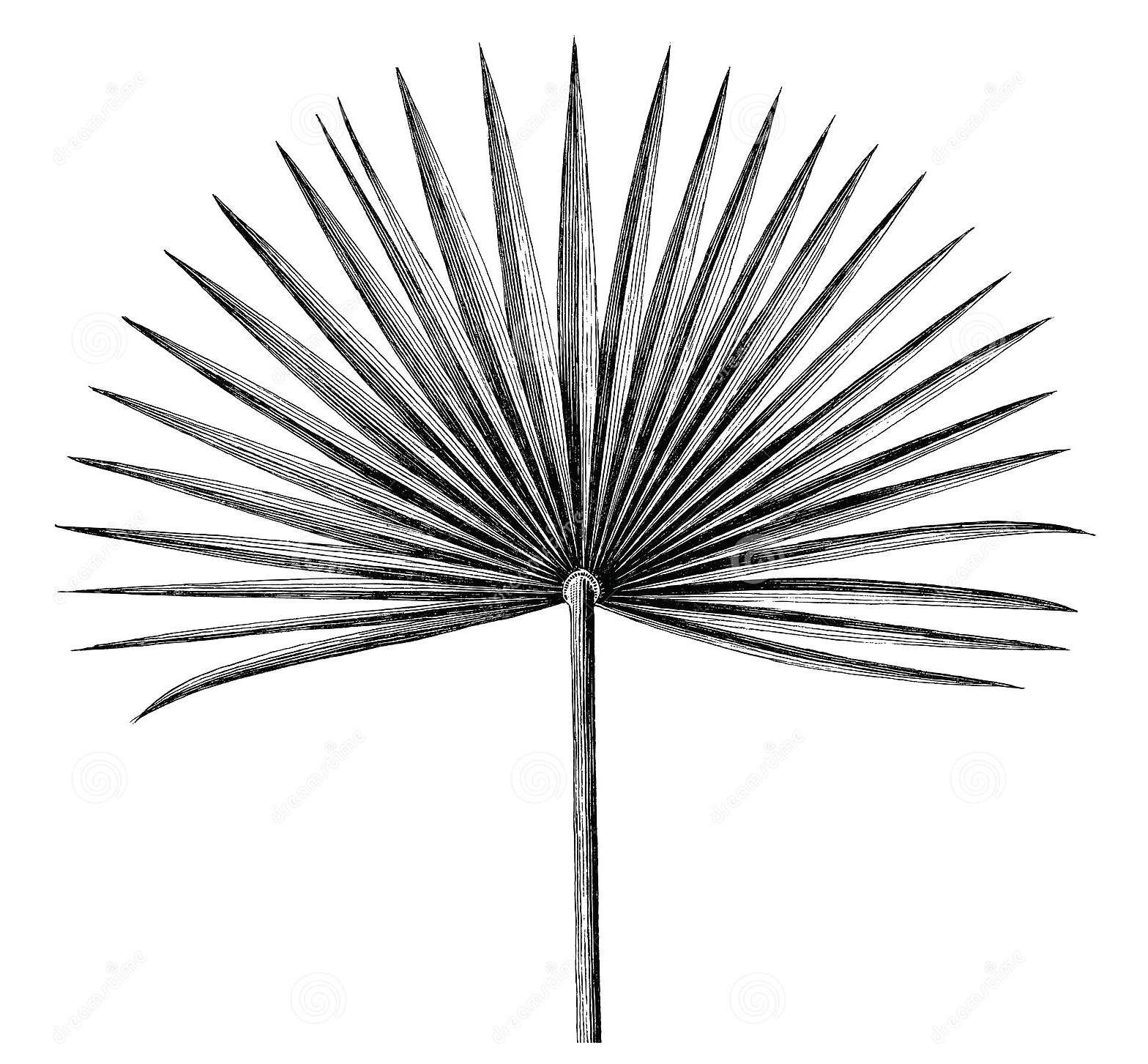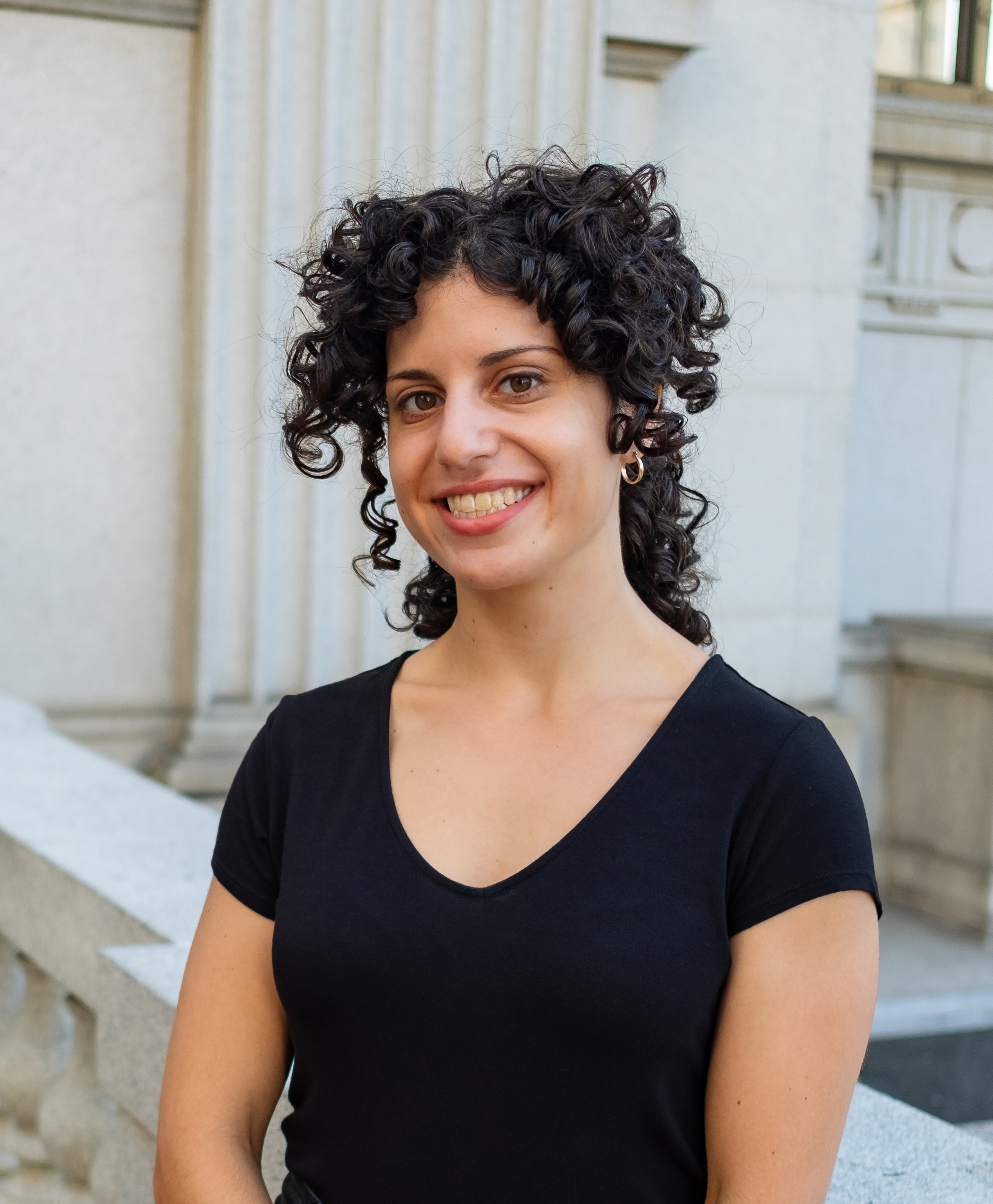
About
What is a botanical imaginary?
The poetics of plants shared by a particular people in a particular place
Martinican philosopher Édouard Glissant uses the term “imaginary” (”imaginaire”) to describe a people’s shared set of ways of imagining the world. To name this common resource an “imaginary” does not imply that it lacks reality; instead, it is an invisible whole that binds individuals together as a culture.
Inspired by Glissant, I use the term “botanical imaginary” to describe the web of plant knowledge, associations, and poetics shared by the people who inhabit a given place. Botanical imaginaries reflect local histories, agricultural interventions, linguistic patterns, religious practices, medical techniques, and culinary cultures. In sum, they are people’s collective ways of understanding and inhabiting their vegetal landscape.

Why map Caribbean botanical imaginaries?
Plant stories inscribe local histories and possible futures
The settler colonization of the Caribbean islands centered on the cultivation of a handful of lucrative cash crops, many of which were transplanted from other tropical zones around the world. While monoculture farming dominated Caribbean landscapes and economies, people took refuge in the diverse plant life that thrived at the edges of cultivated fields. Native and nonnative “weeds” provided enslaved Africans and their descendants with physical, medicinal, and spiritual resources for survival.
Today, the Caribbean is one of the most altered botanical regions in the world. The specters of its plantation history, as well as the legacies of resistance to that system, infuse the botanical imaginaries of Caribbean texts. These reveal that monoculture’s hold on people and plants has never been complete; alternatives were always hiding in plain sight. By showing the diverse alliances of people with flora across generations, these texts enrich imaginings of what comes after monoculture on the islands of the Caribbean.
As a way of spatializing the diverse flora of the region, which includes endemic species as well as invasive and naturalized plants from around the world, I have constructed interactive digital maps of plant migration to the islands of Cuba, Trinidad, and Martinique in three literary texts. Through this data visualization, I show how these Caribbean islands, often maligned as peripheral by continental mainlanders, are actually botanical crossroads. Plant journeys propel and follow the vectors of human migration; in their planetary journeys, the dramas of settler colonization, forced labor, export agriculture, and global capitalism appear.

Mapping process:
An experimental method
1. Record every instance of plant life in the text, literal or metaphorical, in which a specific plant is named. (The word “vines,” for instance, is too general, but “apple” is not.) Many words can index the same plant; for example, cane, bagasse, muscovado, and caneworker all refer to the presence of sugar in the writer’s botanical imaginary. Multiple references to the same or different plants may appear in a single sentence. See the spreadsheets here.
2. Consult a botanical reference to determine the likeliest plant based on its common name, context in the text, and prevalence in the region in which the text takes place. (While I recognize that Latin binomial names are part of a colonial system of taxonomy, I have employed them in my data sheets because of their utility in identifying unique species and plant origins.)
3. Categorize the plant based upon its biogeographic realm or realms of origin. I chose Udvardy’s 1975 schema, which divides the world into eight biogegraphic realms, because of its widespread adoption among botanists. In instances where a plant straddled multiple realms of origin, I considered it to be evenly divided among them.
4. Map the origins of each species in each text using Datawrapper. Using shapefiles from GIS Lounge, I created polygons corresponding to the biogeographic realms. I then produced two maps for each text, one in which I show the raw number of species that originated in each realm to demonstrate where the biodiversity in the text originated, and one in which I weight species by the number of mentions they received in the text in order to show which plants and regions are over- or underrepresented. Decimals are rounded to the nearest whole number.


About me
Hannah Cole
I am a Lecturer on History & Literature at Harvard University. This project serves as a complement to my book project, in which I examine the botanical imaginaries of Biografía de un cimarrón, Salt, and La Lézarde alongside three other literary works. My digital mapping work and close readings alike are efforts to bring critical attention to the plant worlds of Caribbean texts, taking them as records of the blind spots, contradictions, and afterlives of the plantation system.
Please contact me by email with any questions about the project.
Find my academic CV here.
Special thanks to Eliza Bettinger and Michelle Paolillo, leaders of the Summer Digital Humanities Fellowship, to Debra Castillo for her intellectual guidance, to Alex Cole for his technical assistance, to Jonny Clugston for his generous help with photography, and to Tom Haseloff for his unfailing support.

Image credits:
Tomás Sánchez, Autorretrato En Tarde Rosa, 1994, Acrylic on linen, 1994,
https://www.thisiscolossal.com/2020/03/tomas-sanchez-landscape-paintings/.
Tomás Sánchez, Orilla y Cielo Gris, 1995, Acrylic on canvas, 1995,
https://www.thisiscolossal.com/2020/03/tomas-sanchez-landscape-paintings/.
Tomás Sánchez, Autorretrato En Tarde Rosa, 1994, Acrylic on linen, 1994,
https://www.thisiscolossal.com/2020/03/tomas-sanchez-landscape-paintings/.
Tomás Sánchez, Orilla y Cielo Gris, 1995, Acrylic on canvas, 1995,
https://www.thisiscolossal.com/2020/03/tomas-sanchez-landscape-paintings/.